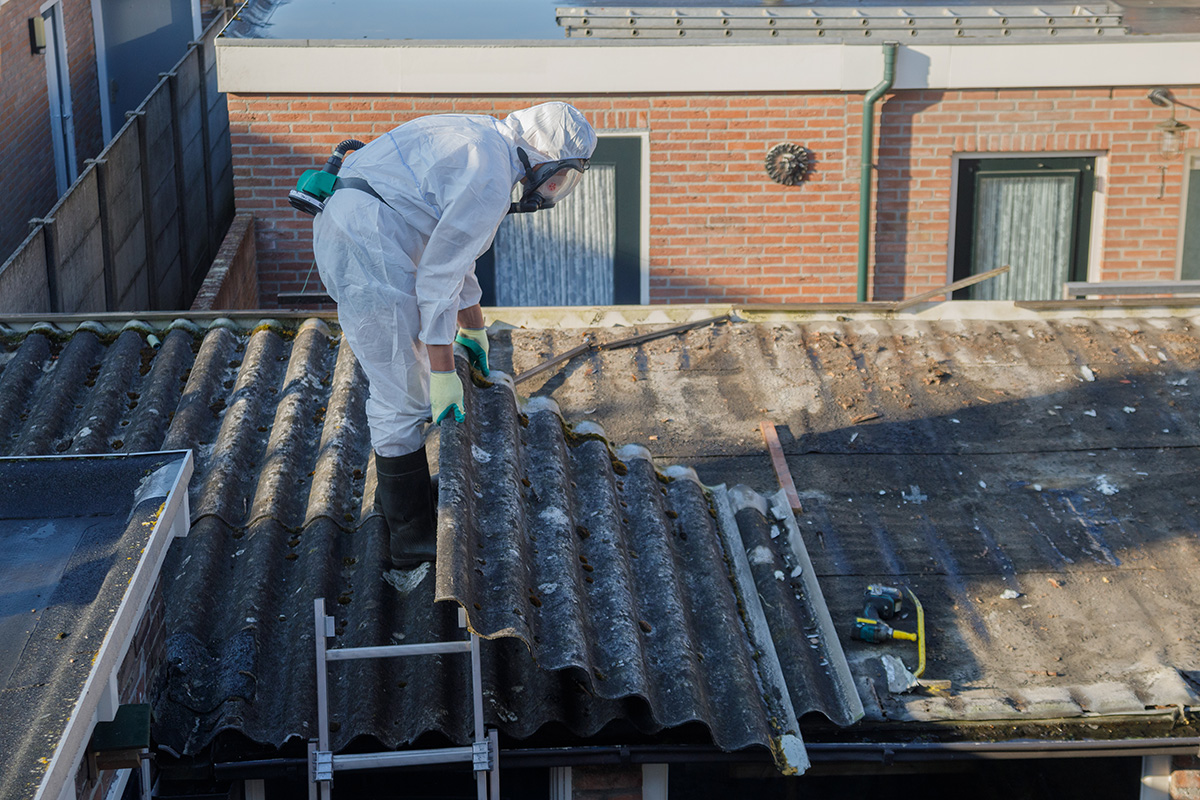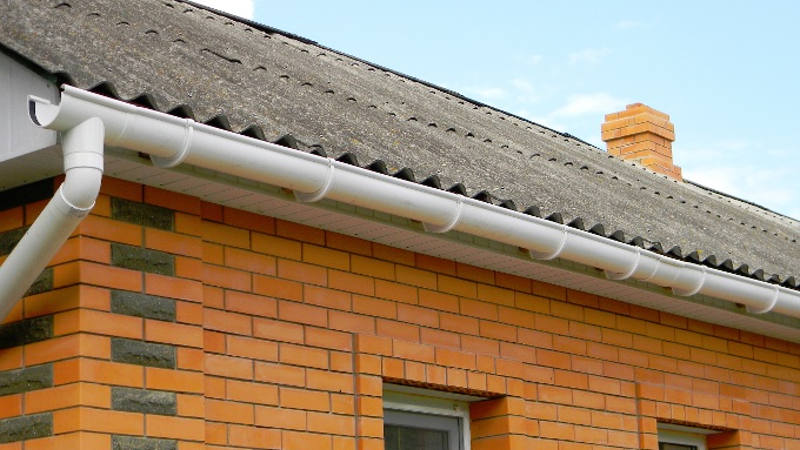How To Prepare For Asbestos Roof Removal Hazardous Materials & Disposal Services
Asbestos risk assessment is a crucial process for guaranteeing the protection and health of individuals exposed to this hazardous material. Asbestos, once commonly used in development and insulation merchandise, poses extreme health risks, together with lung most cancers, mesothelioma, and asbestosis. Given its widespread historic use, understanding asbestos risk assessment is crucial for owners, property managers, and construction professionals.
The preliminary part of asbestos risk assessment typically includes figuring out potential asbestos-containing materials (ACMs) in a building. This includes an intensive inspection, usually performed by licensed professionals skilled in recognizing and sampling materials that will comprise asbestos. Inspectors give attention to areas such as insulation, floor tiles, textured paints, and roofing materials, which are historically known for asbestos use.
Asbestos Removal Project Completion Protocols Removal And Disposal Of Asbestos

Once potential ACMs are recognized, samples are collected for laboratory analysis. This step is crucial since not all materials that look much like asbestos are literally dangerous. The analysis is performed to find out the presence and concentration of asbestos fibers. These laboratory results guide subsequent actions concerning management and abatement.
Risk assessment additionally includes evaluating the condition of any recognized asbestos materials. Damaged or deteriorating ACMs are more hazardous because of the elevated chance of fiber launch into the air. Professionals examine the extent of damage and the potential for exposure primarily based on the material’s location and condition. This assessment informs the risk stage posed to occupants and staff in proximity to the identified materials.
An integral part of the assessment is considering the placement of the ACMs. Materials in high-traffic areas might present larger risk because of the potential for disturbance. Likewise, materials used in ventilated areas might launch more fibers if disturbed, increasing the chance of inhalation. The evaluation additionally consists of assessing who could also be uncovered and under what circumstances they might come into contact with dangerous asbestos fibers.
Asbestos Roof Encapsulation Alternatives Risks Associated With Asbestos Roofs
Determining the time-frame of exposure is another key facet of asbestos risk assessment. Short-term exposure might carry lower risks compared to long-term or repeated exposure. Although even temporary encounters with high ranges of asbestos can be harmful, understanding these nuances helps in precisely assessing the risk to people over time.
Recommendations are then formed based mostly on the findings of the chance assessment. If the assessment identifies vital hazards, options could include monitoring, encapsulation, or removal of the ACMs. Each option presents its own set of concerns, including cost, disruption, and long-term safety.
Regular monitoring and periodic assessments could be essential in some cases. This is as a result of circumstances in a building can change over time, doubtlessly affecting the safety of ACMs. These ongoing evaluations make sure that any new risks are recognized promptly, permitting for immediate corrective measures if needed.
Documentation performs a major role in asbestos risk assessment. All findings, recommendations, and actions taken should be meticulously recorded for legal and compliance reasons. Record-keeping offers a transparent historical past of the chance assessment process, which is essential for informing future assessments and making certain safety regulations are adopted.
Environmental Impact Of Asbestos Roof Removal Video Guides For Safe Removal
Compliance with local and federal regulations is another crucial consideration within the assessment process. Different jurisdictions could have particular legal guidelines governing asbestos dealing with and risk assessment. Stakeholders must be familiar with and adhere to these regulations to ensure the safety of public health and keep away from potential legal penalties.
Public schooling about asbestos risks is important as nicely. Many people stay unaware of the hazards related to asbestos exposure and the importance of proper assessments. Community awareness can encourage motion, encouraging property house owners to conduct assessments and take essential precautions, thereby reducing the overall risk of exposure.
In conclusion, asbestos risk assessment is an essential practice for identifying and mitigating the risks posed by asbestos in numerous environments. The process encompasses thorough inspections, laboratory evaluation, situation evaluations, and compliance with regulations. Through effective risk assessment, it's attainable to safeguard public health, making it crucial for owners and professionals alike to prioritize these evaluations in properties doubtlessly containing asbestos.
Training Programs For Asbestos Removal Professionals Residential Asbestos Removal Services
- Identification of asbestos-containing materials (ACMs) in buildings by way of thorough inspections and sampling techniques.
- Evaluation of the situation and extent of injury to ACMs, contributing to understanding the urgency of risk management.
- Assessment of exposure risks for numerous occupation groups working in or near asbestos sites, together with maintenance and building personnel.
- Implementation of legal and regulatory requirements, guaranteeing adherence to native and national safety standards regarding asbestos handling.
- Development of a tailor-made asbestos management plan, outlining steps for monitoring, maintenance, and potential removal of ACMs.
- Training and teaching programs for workers on asbestos hazards and safe work practices to minimize exposure.
- Regular re-evaluations of asbestos conditions to account for adjustments within the building environment or occupancy ranges.
- Use of risk communication methods to tell stakeholders about asbestos presence, risks, and management actions.
- Collaboration with health professionals to monitor any health effects on workers doubtlessly exposed to asbestos fibers.
- Establishment of emergency response plans for asbestos-related incidents to effectively manage exposure more tips here risks and guarantee see post safety.
What is asbestos risk assessment?
Asbestos risk assessment is the method of evaluating the potential hazards posed by asbestos materials in a building. This assessment helps identify the presence of asbestos, evaluate its condition, and decide the level of risk to occupants and workers, guiding essential actions for management or removal.
Why is an asbestos risk assessment necessary?
Asbestos Regulations Affecting Roof Removal Cost Guide For Asbestos Removal
An asbestos risk assessment is essential to guard the health and safety of individuals who could additionally be exposed to asbestos fibers - Legal Requirements For Asbestos Removal In Nsw. It helps identify areas the place asbestos is present, assess the risk of exposure, and implement acceptable control measures to mitigate those risks, guaranteeing compliance with legal regulations
How typically ought to an asbestos risk assessment be conducted?

It is recommended to conduct an asbestos risk assessment every three years or every time important modifications happen within the building environment, corresponding to renovations or changes in occupancy. Regular reassessment ensures that any adjustments in asbestos condition or risk exposure are promptly recognized and addressed.
Who should conduct the asbestos risk assessment? (Asbestos Risk Mitigation During Roofing Projects)
Factors Influencing Asbestos Roof Removal Costs Removal Of Asbestos Roof In Area
The assessment ought to be carried out by a qualified and licensed asbestos professional with expertise in identifying and managing asbestos-containing materials. This ensures that the assessment is thorough, accurate, and compliant with native regulations and safety guidelines.

What happens if asbestos is discovered during the risk assessment?
If asbestos is discovered, the qualified professional will advise on one of the best plan of action, which may embody leaving it undisturbed if it is in good situation, encapsulating it, or safely eradicating it. Ongoing monitoring and management plans will typically be established to make sure safety.
Can I perform an asbestos risk assessment myself? - Asbestos Risk Mitigation During Roofing Projects
Asbestos Roof Removal Health Risks Asbestos Roof Maintenance Services
While some preliminary assessments can be made by people who're knowledgeable about asbestos, it's strongly recommended to hire an authorized professional for a comprehensive risk assessment. Professionals have the right training and instruments to accurately identify and consider asbestos risks.
What are the potential health risks of asbestos exposure?
Asbestos exposure can result in serious health issues, together with asbestosis, lung cancer, and mesothelioma. These circumstances usually develop after prolonged exposure, making it crucial to evaluate and manage asbestos risks diligently to guard public health.
Long-Term Effects Of Asbestos Roof Removal Risks Associated With Asbestos Roofs
Are there regulations regarding asbestos risk assessments?
Yes, many nations have particular regulations governing asbestos management, including the requirement for regular risk assessments in business buildings and sure residential constructions. Compliance with these regulations is mandatory to ensure safety and avoid legal repercussions.
What should I do if I suspect asbestos in my home?
Asbestos Roof Disposal Regulations In Sydney Find A Licensed Asbestos Removalist
If you think the presence of asbestos in your house, don't disturb the fabric. Contact a licensed asbestos professional to conduct a risk assessment and decide the most effective plan of action to administer or take away the asbestos safely.